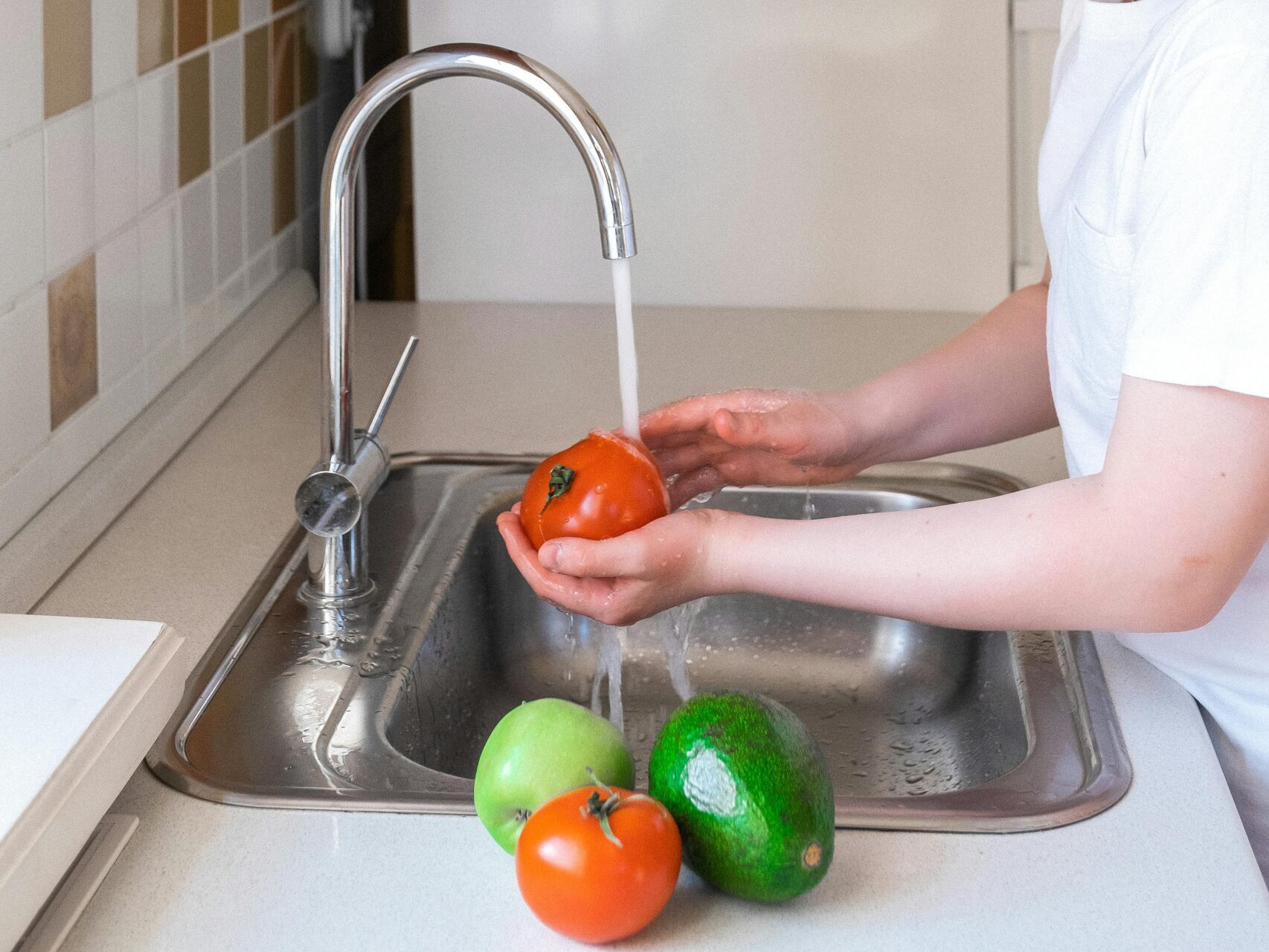In our culture of cleanliness, we also want food that is clean and pure. Is it necessary to clean or wash our food before we eat it? Do we prepare different types of foods differently?
Is it necessary to wash meat before cooking?
The Food and Drug Administration (FDA) and Centers for Disease Control and Prevention (CDC) say that washing meat before cooking is not necessary. Current practices at American meat processing facilities are stringent enough to ensure food safety. Consumers can take meat directly from the packaging to be prepared without concern for foodborne illness. As long as meat is cooked to the proper internal temperature, any remaining bacteria will be killed during the cooking process.
Cleaning meat before preparation can also be a cultural practice. Healthline reports that many Caribbean cultures (as well as other countries where consumers purchase meat and poultry that is freshly slaughtered or sold at a fresh market instead of being processed and packaged) traditionally wash meat before preparing it. This often involves soaking the meat in white vinegar or with citrus to remove bacteria before rinsing with water.
Mayo Clinic clinical dietitian Anya Hill agrees with the FDA and the CDC that cleaning meat is not necessary. “Some people think they are supposed to wash their meats and chicken before cooking. I recommend not washing them because that puts you at risk for spreading the bacteria around your kitchen and around yourself,” Hill states.
What about washing fruits and veggies?
While it is not recommended to wash meat before preparation, fresh produce is a different story. The CDC recommends washing all fresh fruits and vegetables before consumption. According to the CDC, cooked produce is the safest to eat but washed is the next best option. Fruits and vegetables can carry germs such as E. coli, Listeria and Salmonella. The CDC estimates that germs found on fresh produce account for many cases of food poisoning.
The CDC recommends washing all parts of the produce, even if you don’t plan to eat the peel or outer layer. This is because any germs residing on the surface may contaminate the internal edible portion once the knife cuts through the peel and into the middle.
When selecting produce, avoid pieces that are damaged or bruised as germs can penetrate those areas easily. If you have produce that does have damaged spots, cut them out and discard. Also remove outer layers of lettuces and cabbages where dirt and germs accumulate.
The best method to wash produce is good old fashioned running water, according to the Food and Drug Administration (FDA). Because produce is porous, washing with soap, detergent or produce wash can leave product residue within the food. There are not sufficient studies on the safety of ingesting these products nor their effectiveness so it is best to avoid using them. Firm produce such as melons, potatoes and cucumbers can be scrubbed with a clean produce brush. This will remove dirt and bacteria from the surface. After the produce has been rinsed well with water, dry with a clean cloth towel or paper towel before serving. Produce that is labeled “pre- washed” does not need to be washed again and may be eaten immediately.
Related articles
The Mysteries of Mouthwash: A Guide to Optimal Oral Health
Cracking the Case on Knuckle Cracking
Cauliflower: Your Smoothie’s Secret Ingredient
Can Chicken Soup Help Fight Off a Cold?

